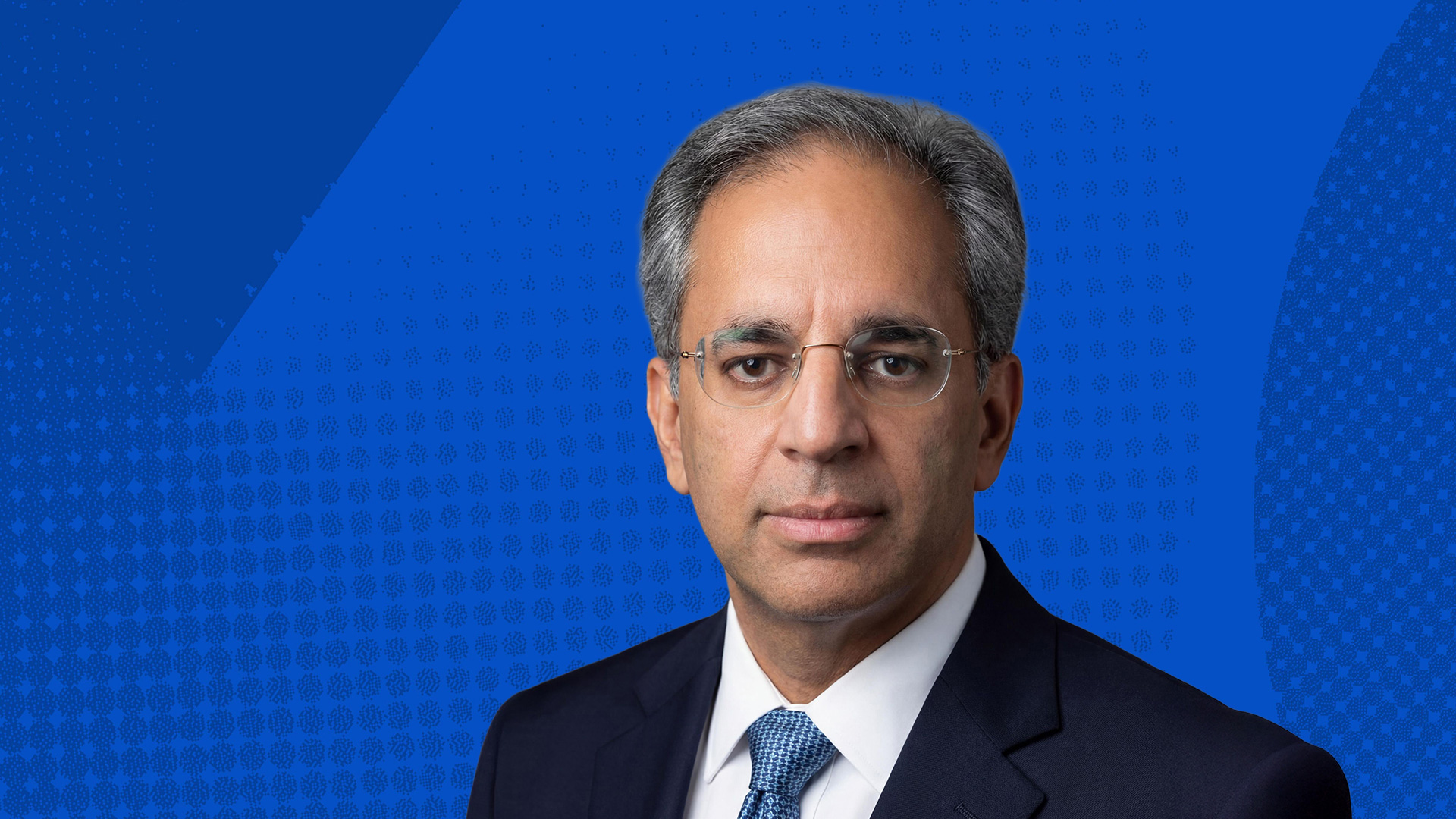Since it was established in 1968 to provide high schools students with qualifications that are recognized by universities around the world, the International Baccalaureate (IB) Diploma Programme has developed a reputation for rigorous academic standards. Students who score well enough on individual IB exams can earn college credit for their high school IB coursework. In recent years, as federal dollars have supported efforts to increase access to advanced coursework, IB has also focused attention on ensuring that low-income students have access to the IB Diploma Programme. A recent report from SRI Education shows that these efforts have paid off, with low-income students’ access to the IB Diploma Programme increasing dramatically from 2008 to 2014. The percentage of all IB course students (students who take one or more IB courses in 11th or 12th grade without pursuing the full IB Diploma) who were low income rose from 18 to 26 percent, and the percentage of all Diploma candidates (students pursuing the full IB Diploma) who were low income rose from 15 to 23 percent.
The national context

The last 20 years have seen significant federal investments to increase college enrollment and success by exposing students to rigorous coursework that prepares them for the academic demands of college. The 2007 America COMPETES Act directed funds to increase the availability of and enrollment in Advanced Placement and IB Diploma Programme courses at schools with high concentrations of low-income students. This commitment was recently renewed in the reauthorization of the Elementary and Secondary Education Act, the Every Student Succeeds Act. These investments aim to redress the fact that nationally, low-income students enroll in college at lower rates than their peers: in 2013, 46 percent of low-income high school graduates (from families in the bottom 20 percent of family incomes), enrolled in a 2- or 4-year college immediately after high school, compared with 66 percent of high school graduates nationally. We also know that those who do enroll are less likely to graduate: 47 percent of students from families in the bottom income quartile nationally who enrolled in a 4-year college in 2003 earned a degree within 6 years compared with 77% of students from families in the top income quartile.
IB response
In 2014, IB launched the Bridging the Equity Gap project to increase access to the IB Diploma Programme for low-income students and to support their success. As IB’s evaluation partner in this endeavor, SRI Education is providing formative feedback to IB as the organization develops and pilots a model for building capacity in US public high schools to help low-income students succeed in IB. The first report to be released from this 3-year project documents the participation and performance of low-income students in the Diploma Programme nationally from 2008 through 2014, and provides evidence for optimism as well as identifying areas for growth.
For example:
- As participation of low-income students in the Diploma Programme has increased, low-income student performance on Diploma Programme exams has remained fairly constant.
- Gaps between the performance of low-income Diploma Programme students and their higher-income peers persisted over the 7-year period, both on the Diploma Programme exams and pass rates for the Diploma. For example, in 2014 low-income Diploma candidates scored, on average, half a point lower on IB assessments than their higher income peers on a scale of 1 to 7.
- Low assessment scores, particularly in science, math, individuals and societies, and arts, were the greatest barrier to successful completion of the Diploma for low-income candidates.
The report also describes college-going and graduation rates for low-income IB students and their higher-income peers, and finds that low-income Diploma Programme students, particularly Diploma candidates, fare well in college compared with low-income students nationally. Because IB attracts high-achieving students who may already have concrete plans to attend college, these higher rates cannot be attributed to IB participation, but are nonetheless promising.
SRI’s study will inform the initial development of a new consulting model that IB will offer schools, designed to increase low-income students’ participation and success in IB’s Diploma Programme. It builds on SRI’s prior work providing research and evaluation support to IB, including previous studies looking at postsecondary enrollment trends of Diploma Programme students and how high schools with the Diploma Programme support access and success for low-income and minority students.


